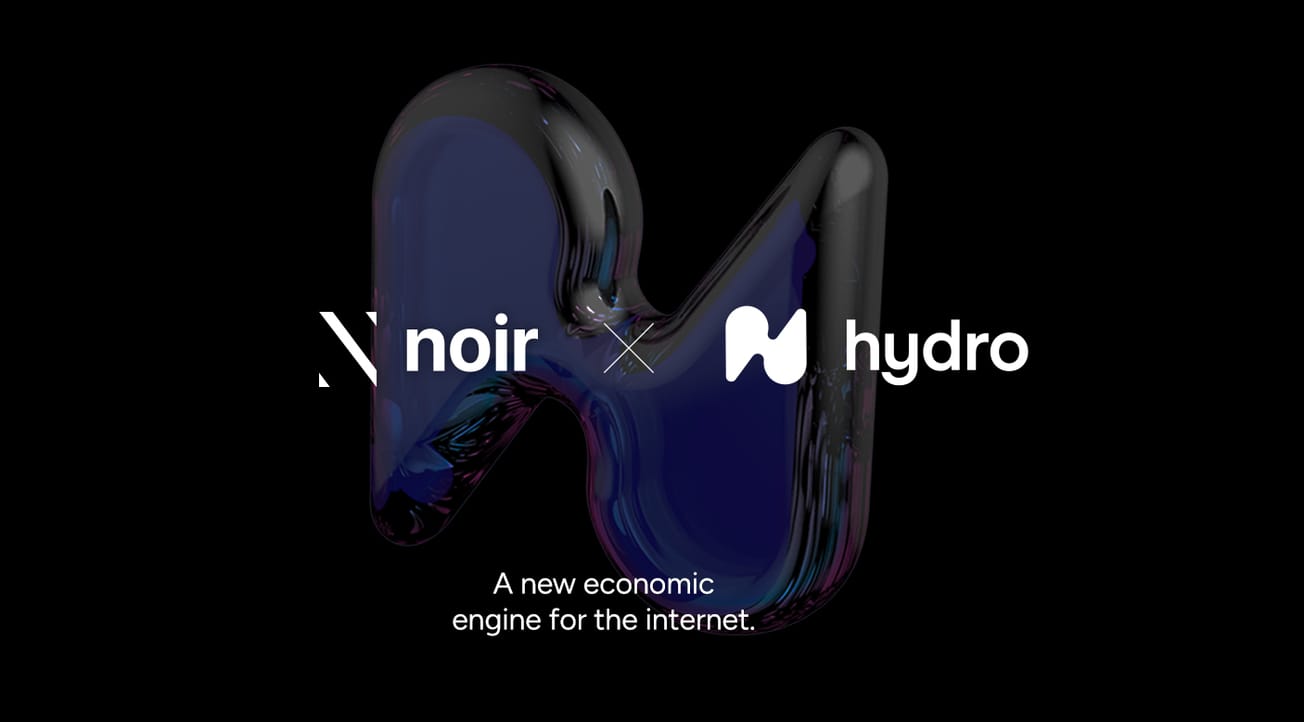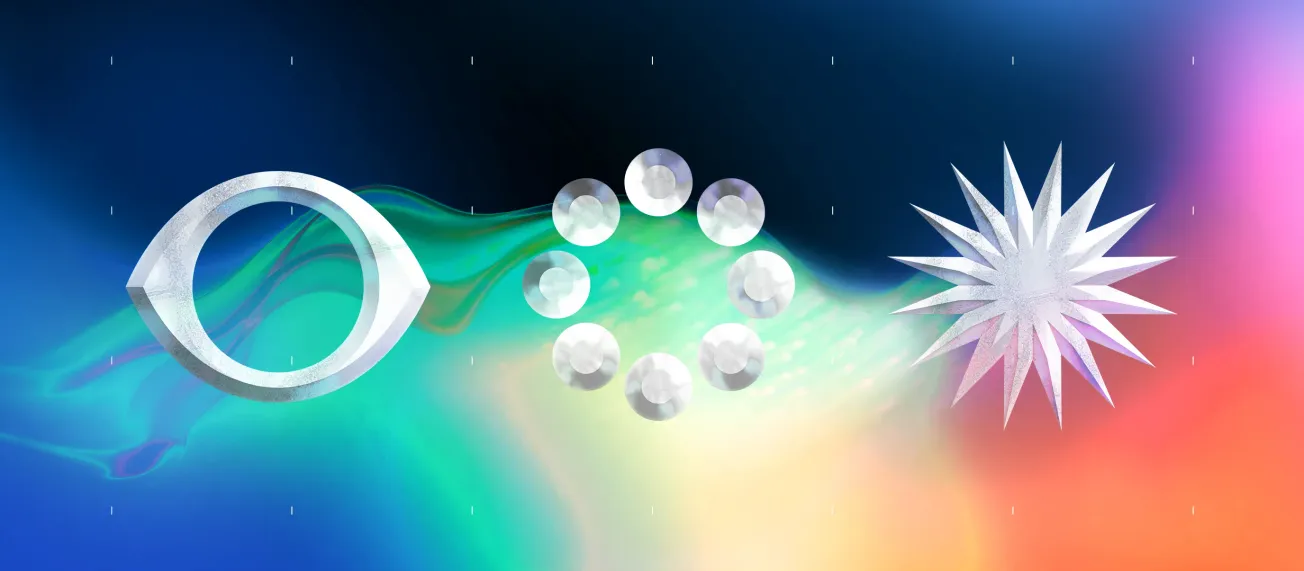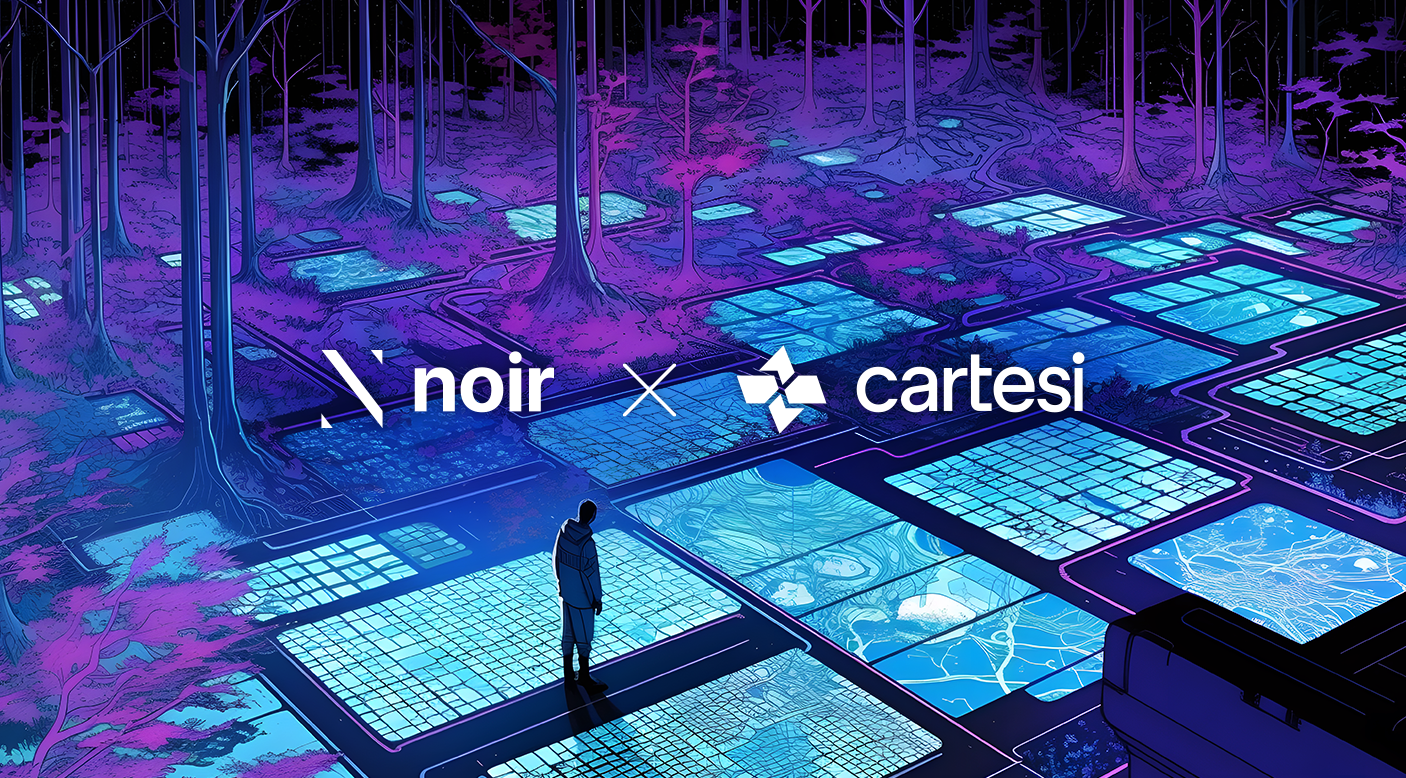Enigmatic British street artist Banksy has been a figure of intrigue for over 2 decades now. Starting in the 90s and blooming into the mainstream zeitgeist over the past 10-15 years, his dark and emotive artworks both satirize and demonize everything from warfare, to capitalism and oppression.
More lately, his work has been interwoven with NFTs, as several of his works were acquired by Web3 foundations, fractionalized, and sold to brigades of bidders.
Fractionalized For Real
You might remember Banksy’s notorious auction house stunt, Love Is In The Bin, when his famous work Girl with Balloon was purchased at auction for over £1 million (~$1.2m), only to be instantly shredded through a device affixed inside the frame—fractionalizing it for real.
But other artworks from Banksy have been acquired and fractionalized digitally, democratizing them and allowing a wider audience to access art investment and ownership–thanks to NFTs.
Banksy’s Morons (White) was purchased by fintech firm Injective Protocol in March 2021. They minted it on the blockchain as an NFT, before recording it as the physical counterpart was set aflame. According to the crypto start-up, they “specifically chose a Banksy piece since he has previously shredded one of his own artworks at an auction.”
Selling it on NFT marketplace OpenSea, the digital Morons (White) sold at a 300% mark-up on the original’s price, realizing $380,000 in sales. This caused a stir in the art scene, with many calling it a mere money-making marketing stunt. Others found it emblematic of the future of artwork; digital, democratized, and distinctly non-fungible.
Love Is In The NFT
Later that year, in August, Banksy’s website was updated to include a link to a new NFT available on OpenSea, which was purchased for $336,000. Though this was believed to be a critique of the NFT scene and the commodification of artwork, it was later revealed to be a scam, as a hacker had altered Banksy’s website to embed the link to the misleading digital artwork.
More recently, as of December 2021, Banky’s Love Is In The Air was purchased for a staggering $12.9 million. The new owner, Particle, was in fact a Web3 start-up that sought to fractionalize the piece, making it available to the masses. In an interview, Particle co-founder Loïc Gouzer said “I always wanted to own art, even when I had absolutely no money—I wished I could have at least a tiny stake in the paintings that I liked”; and this is exactly what Particle offers.
By fractionalizing the piece, Particle turned Banksy’s multi-million artwork into 10,000 unique artworks each fetching $1,500. Contrary to the vox populi, these movements—led by leaders like Particle—represent the democratization of artwork, moving it from a pastime of the aristocracy to finding its place with the people.
In fact, even Banksy’s Morons (White) above demonizes the commodification and pretentiousness of modern art. Perhaps Particle would be a company that Banksy might get behind.










